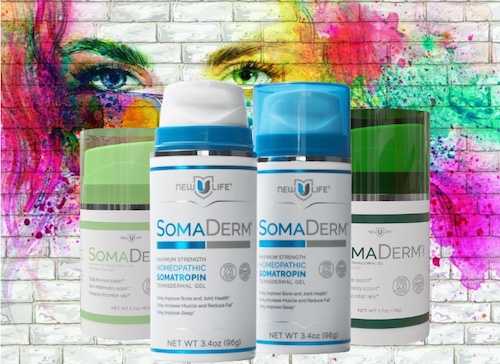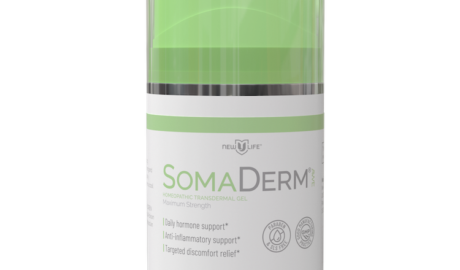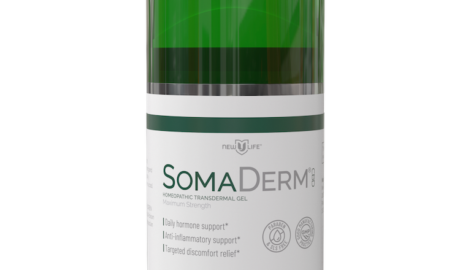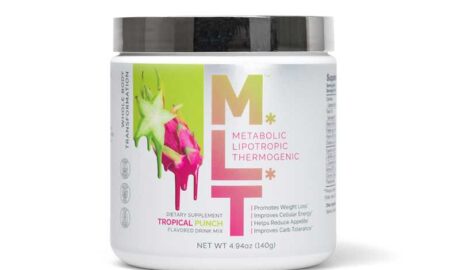Listen-1.0x+0:008:29
Produced by ElevenLabs and News Over Audio (Noa) using AI narration. Listen to more stories on the Noa app.
Updated at 11:11 a.m. ET on January 13, 2025
In 1900, a former schoolteacher named Carrie Nation walked into a bar in Kiowa, Kansas, proclaimed, “Men, I have come to save you from a drunkard’s fate,” and proceeded to hurl bricks and stones at bottles of liquor. The men, interested less in spiritual salvation and more in physical safety, fled to a corner. Nation destroyed three saloons that day, using a billiard ball when she ran out of bricks and rocks, which she called “smashers.” She eventually—and famously—switched to a hatchet, using it across years of attacks on what she considered to be the cause of society’s moral failings. She referred to this period of her life as one of “hatchetation.”
By comparison, U.S. Surgeon General Vivek Murthy, an internist of mild disposition perhaps best known for raising alarm about the “loneliness epidemic,” has taken a gentler approach to the obstinate challenge of alcohol. His recent call to add cancer warnings to alcoholic products was made without violence or yelling. But the recommendation, if followed, would be the most significant action taken against alcohol since at least the 1980s, when new laws set the national drinking age at 21 and mandated warning labels concerning, among other things, alcohol’s pregnancy-related risks. Murthy’s proposal is part of ever-grimmer messaging from public-health officials about even moderate drinking, and comes during a notable shift in cultural attitudes toward alcohol, especially among “sober-curious” young people. In 2020, my colleague Olga Khazan asked why no one seemed interested in creating a modern temperance movement. Now that movement has arrived with a distinctly 21st-century twist. Carrie Nation was trying to transform the soul of her country. Today’s temperance is focused on the transformation of self.
The movement of the 19th and early 20th centuries—which eventually brought about Prohibition—went hand in hand with broad religious revivalism and the campaign for women’s rights. It considered alcohol to be unhealthy for women, families, and the general state of humanity. The depth of the problem posed by alcohol in pre-Prohibition America is hard to fathom: In 1830, Americans drank three times the amount of spirits that we do today, the equivalent of 90 bottles of 80-proof booze a year. As distilled liquor became widely available, men were wasting most of their wages on alcohol and staying out all night at saloons, and what we now call domestic abuse was rampant, the food historian Sarah Wassberg Johnson told me. Members of the Woman’s Christian Temperance Union saw themselves as a progressive group helping the disadvantaged. “They were protecting the home, protecting the family, and protecting the nation by getting rid of alcohol,” Dan Malleck, a health and sciences professor at Brock University, told me. In the latter half of the 19th century, young people signaled their moral virtue by taking temperance pledges.
Today’s sober-curious, by contrast, post on Instagram about how Dry January has reduced their inflammation, sharpened their jawline, and improved their sleep score. The sanctity of the home, or the overall moral health of society—not to mention the 37 Americans who die in drunk-driving crashes every day—appears to be less of a concern. (To be fair, this focus on health is partially a response to research on moderate alcohol consumption’s detrimental effects on heart health, cancer risk, and lifespan.) In a 2020 Gallup poll, 86 percent of respondents said that drinking alcohol was morally acceptable, an increase from 78 percent in 2018. By contrast, more than half of young adults surveyed in 2023 expressed concerns about the health risks of moderate drinking.
Colleen Myles, a professor at Texas State University who studies how alcoholic drinks change cultures, told me that such responses don’t mean that the national conversation about alcohol has abandoned morality—simply that Americans’ ethical center of gravity has drifted. She considers modern teetotaling to be steered by a great moral project of our age: self-optimization. In her book Sober Curious, Ruby Warrington wrote that lower alcohol intake “is the next logical step in the wellness revolution.” Myles said that choosing not to drink in an alcohol-soaked culture is seen as an act of authenticity or self-care; social change, but enacted through the individual. In 2019, a nonalcoholic-spirit producer, who calls her product a “euphoric” instead of a mocktail, almost echoed Carrie Nation when she told The New York Times, “Alcohol is a women’s lib issue, an LGBTTQQIAAP issue, a race issue.” But her vision of temperance was much less socially minded: Sober-curiosity, she said, was about a person’s “freedom to choose.” One can hardly imagine Congress or a radical activist like Nation attempting to restrict that freedom by outlawing the sale of espresso martinis. The proposed warning label, however, with its nod to individual health (and absence of radical social action), is more fitting for our age of wellness. It won’t cure society of all its ills, but it at least has a shot of persuading some people to tone down their drinking.
Sober Curious – The Blissful Sleep, Greater Focus, Limitless Presence, And Deep Connection Awaiting Us All On The Other Side Of AlcoholBy Ruby WarringtonBuy Book
The original temperance movement’s end result—Prohibition—was more ambitious, and took place at the societal level. Prohibition didn’t make the personal act of drinking illegal, but rather the sale, purchase, and transport of alcohol. After Congress proposed the Eighteenth Amendment in 1917, it allowed seven years for the measure to pass; thanks to widespread enthusiasm, the states ratified it in only 13 months. The amendment and the Volstead Act, the law that enforced it, passed in 1919, and Prohibition officially kicked off in 1920.
In this century, “I don’t think we’re going to have Prohibition again,” Myles said, not least because the sober-curious are not advocating for policy change at this scale. Instead, neo-temperates are shifting social and, yes, moral norms about alcohol by emphasizing its effects on health. They also, crucially, are creating markets for nonalcoholic drinks and spaces. The original temperance movement similarly popularized a number of new beverages, such as sodas and fruit juices. But unlike the modern version, it directly attacked the alcoholic-beverage industry. In 1916, the United States was home to 1,300 breweries that made full-strength beer; 10 years later, they were all gone.
Alcohol consumption, and the deaths associated with it, decreased significantly during Prohibition. But many people continued to buy alcohol illegally or make it themselves. Part of the reason the temperance movement didn’t usher in utopia, Malleck said, is that it failed to recognize how drunkenness could be fueled by still other societal problems, such as low wages or 12-hour workdays in factories where you were liable to lose a limb or have to urinate in a corner. These issues persisted even when alcohol was outlawed. In 1933, during the Great Depression, legislators decided the country needed the economic boost from alcohol sales and repealed Prohibition. President Herbert Hoover called Prohibition a noble experiment, but many historians consider it a failure. Today, about 60 percent of Americans drink, and that figure has held steady for more than four decades.
And yet, over the past several years, signs have appeared that fewer young people are drinking. If bricks and hatchets couldn’t convince Americans to transform their relationship to alcohol, perhaps the promise of finding your best self through phony negronis and nonalcoholic IPAs will.
This article originally misstated Colleen Myles’s title and the name of the Woman’s Christian Temperance Union.
When you buy a book using a link on this page, we receive a commission. Thank you for supporting The Atlantic.
About the Author
Shayla LoveShayla Love is a staff writer at The Atlantic.
More Stories
Invisible Habits Are Driving Your Life
America Can’t Break Its Wellness Habit
Explore More TopicsUnited States Congress





